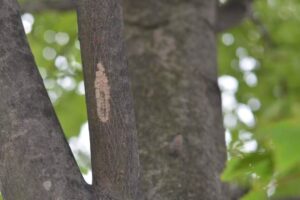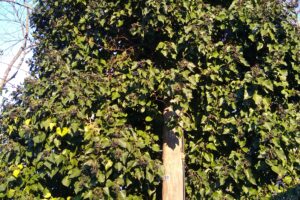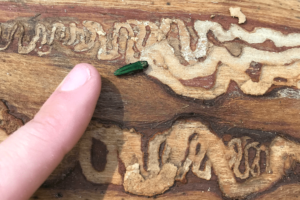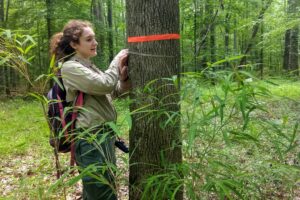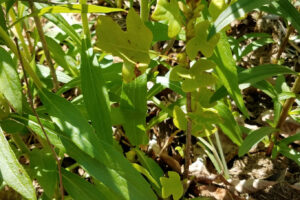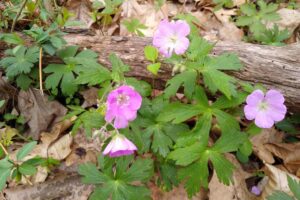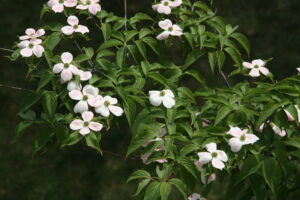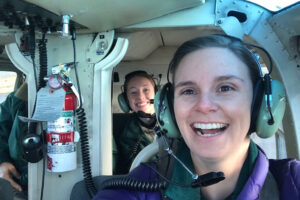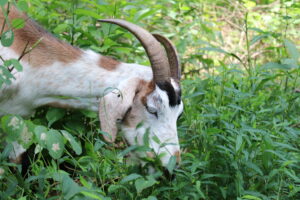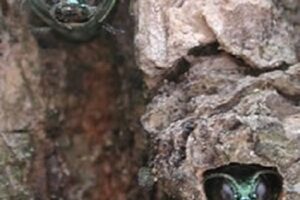Field Notes: (Hopefully Not) Spotting the Spotted Lanternfly
February 19, 2021 - By Katlin Dewitt, Forest Health Specialist The spotted lanternfly is an invasive, sapsucking insect that was first detected in Winchester, Virginia in January 2018. As a pest of many different plants, it poses a threat to many of our native tree species, such as black walnut, maples, cherries, and many more. Additionally, this pest feeds on numerous commercially important plants like grapes, hops, apricots, plums, and apples. As a... Read More

